Demolished buildings (former Nara Juvenile Prison)
The former Nara Prison was completed in 1908 and opened the following year; it became Nara Juvenile Prison in 1946, and was closed in 2017.
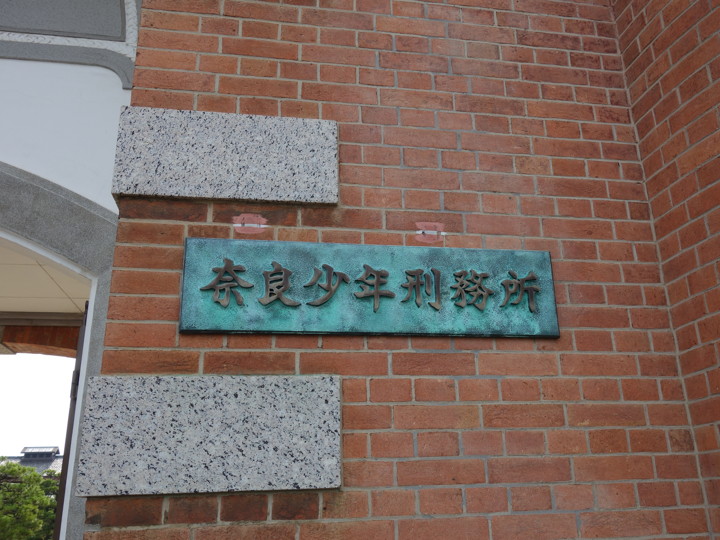
It was designated an Important Cultural Property in the same year, but the scope of the designation focuses on the part built in 1908.
The images used in the previous article are re-posted, I compared them with aerial photographs taken in 2008 and 2021 by the GSI.
This shows that many of the later constructed buildings have been demolished.
In this article, I would like to post some photos of buildings that have already been demolished.
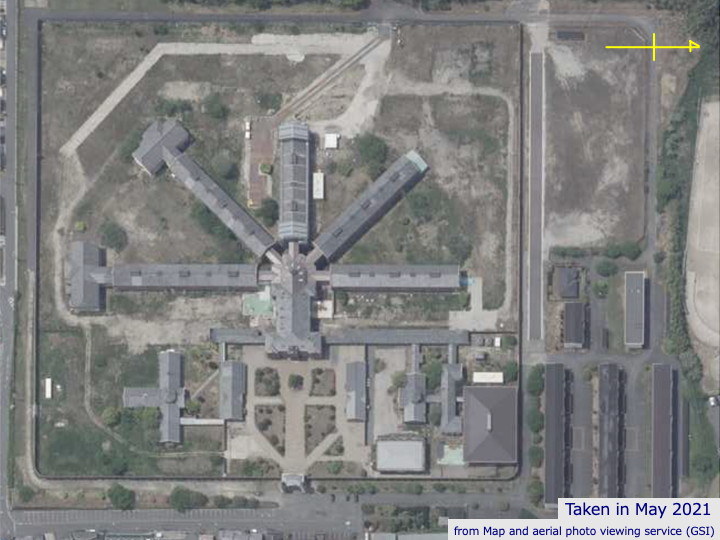
All photographs were taken in 2017. The numbers are marked in the aerial photographs to indicate the location of the buildings in the photos. But my memory is hazy so some of the descriptions may be incorrect.
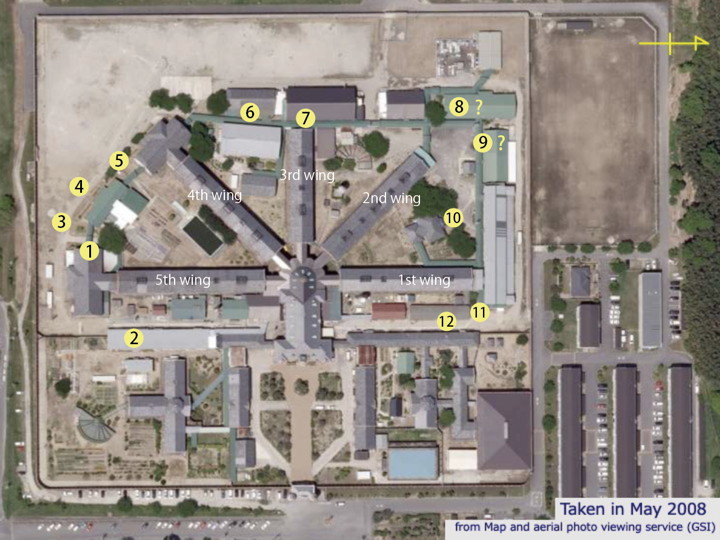
(1) This photograph shows Workshop no.3 and the crossing corridor, taken from the second floor of the Workshop no.1 and 2, at the end of the 5th wing.
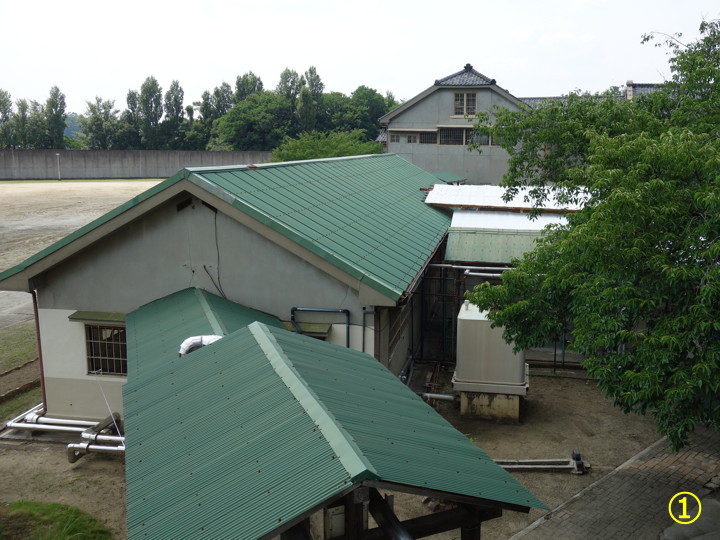
(2) The building to the east of the 5th wing with the entrant interrogation room. This was apparently built in 1934.
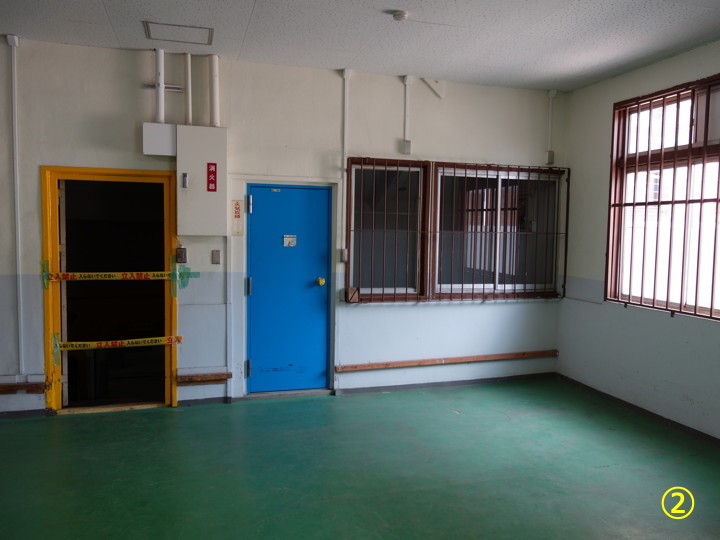
(3) I came to the side of the Workshop no.3. I could not find out when it was built, but it may have been in 1918, when workshops were extended. (unconfirmed).
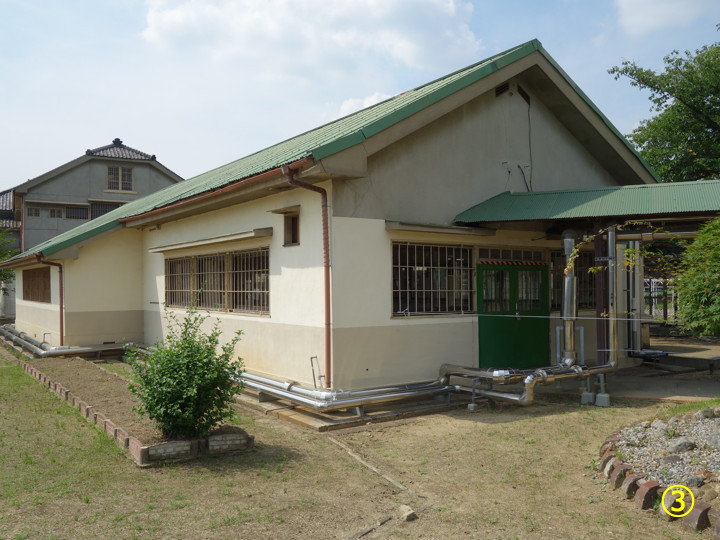
(4) I walked next to the Workshop no.3.
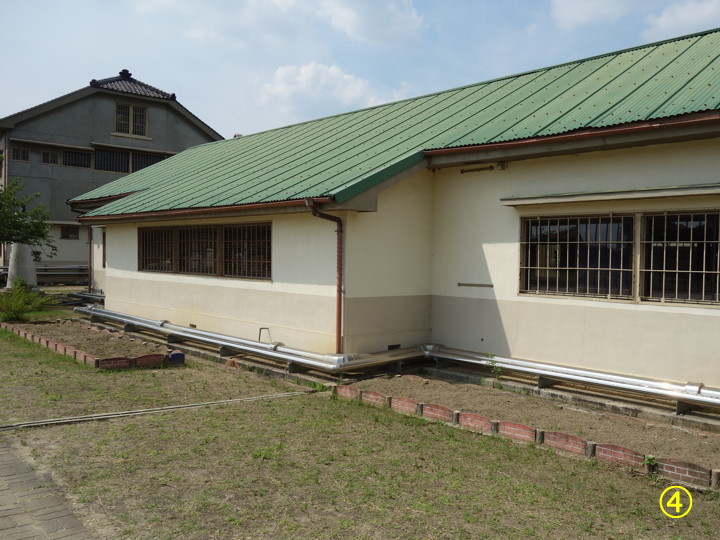
(5) The buildings at the back are the Workshop no.4th and no.5 at the end of the 4th wing. A 'self-rehabilitation’ monument has been erected near it. It can not checked in the aerial photo, so perhaps it remains.
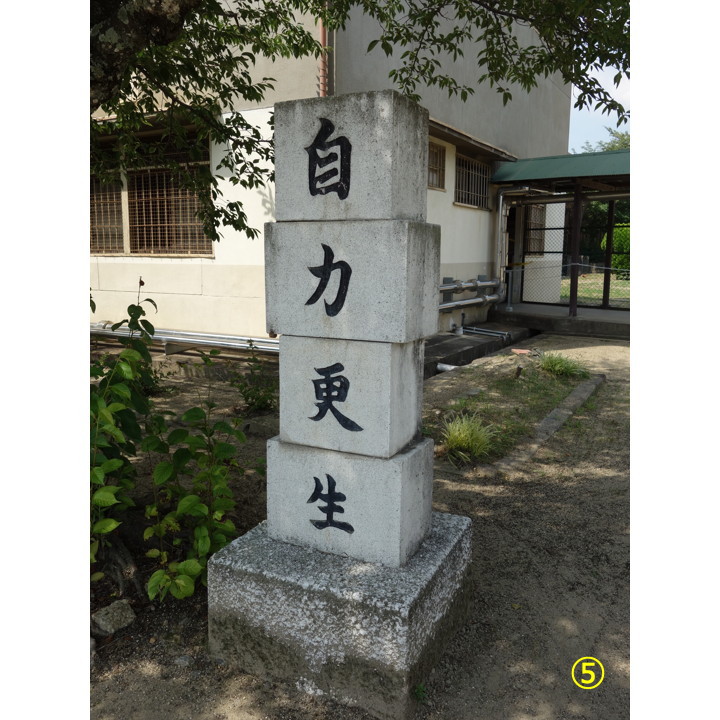
(6) I think this is the rain gymnastics field, but it may not be.
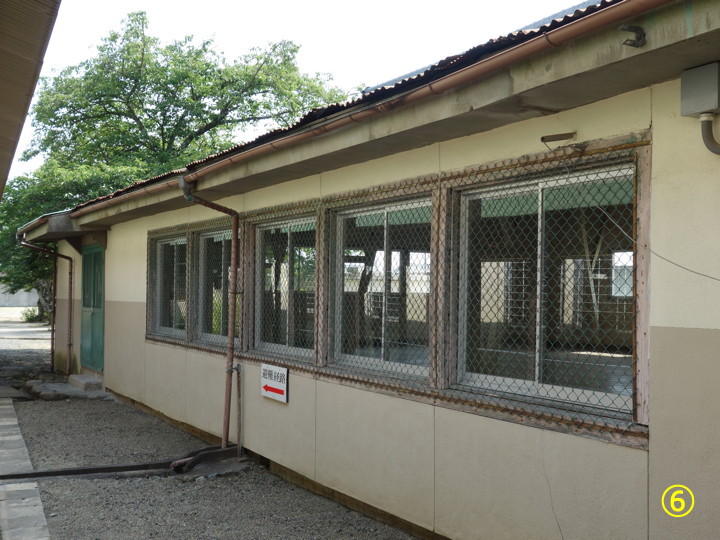
(7) This is Workshop no.6 and no.7.
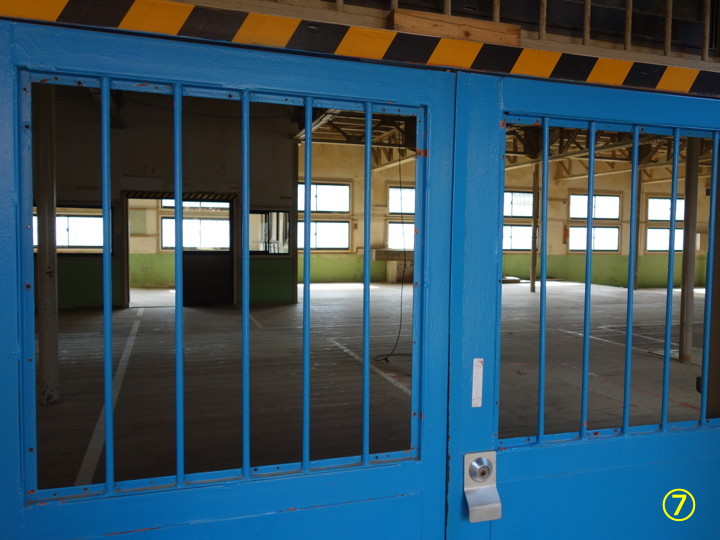
(8) I think this is Workshop no.8, but I am not sure.
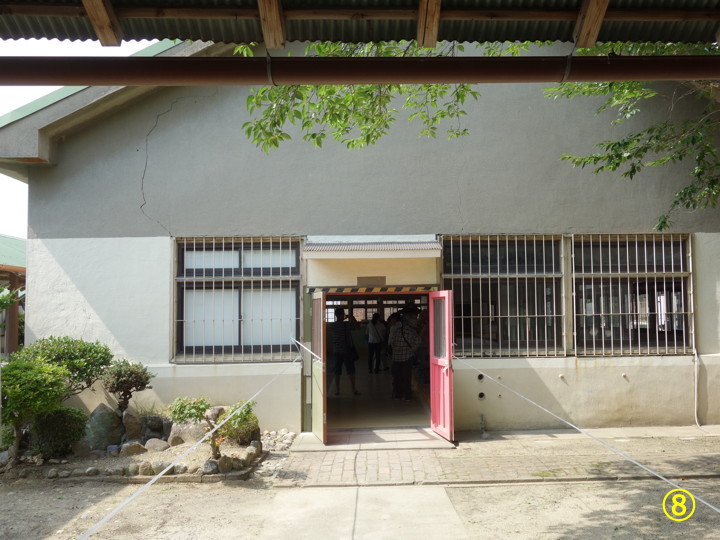
(9) I think this is Workshop no.9, but I may have mistaken it for the building next door.
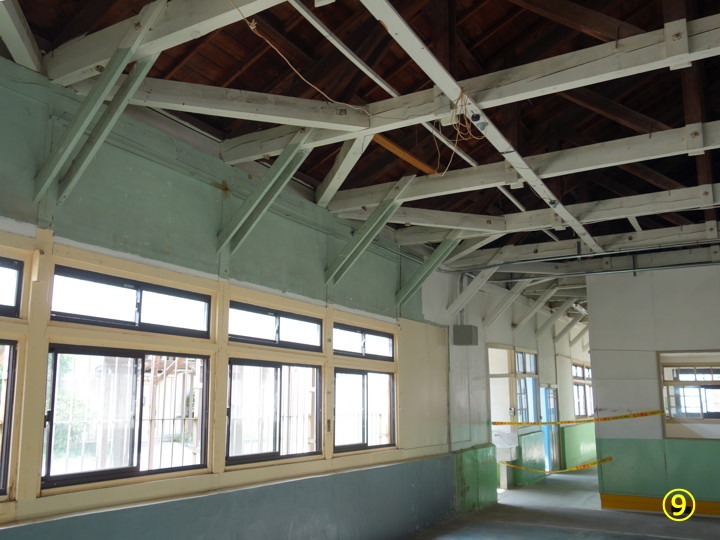
(10) This is named Work room no.13. It has a tiled roof, so it may have been built around the Taisho era.
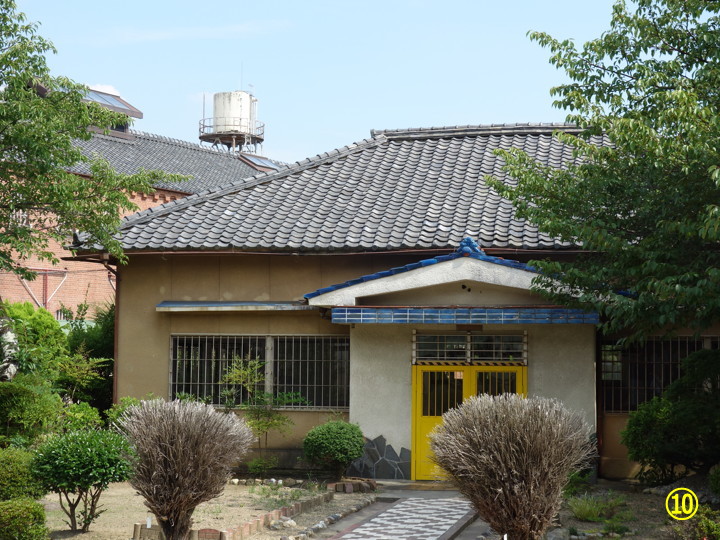
(11) This building was used as a warehouse.
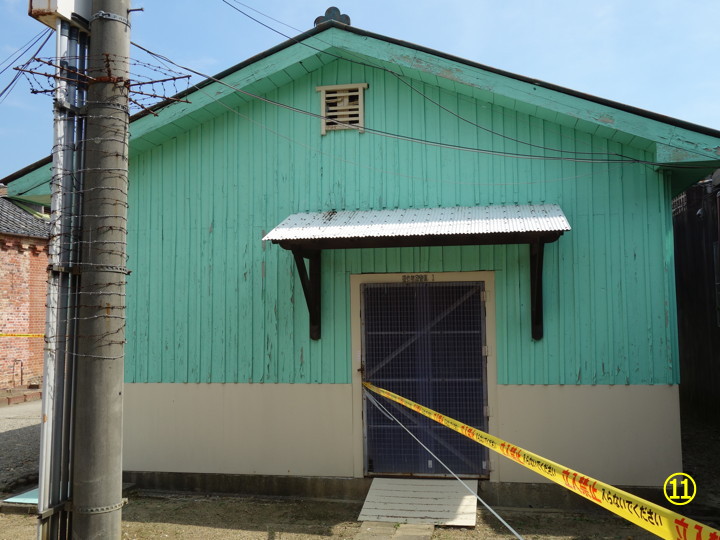
(12) The side of the same building as (11). The main building can be seen at the back.
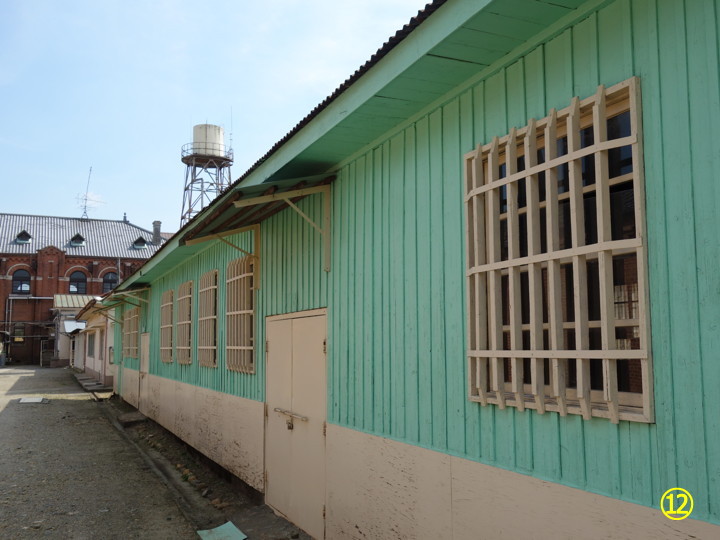
As I took these photos while walking around, there is a possibility that I have misunderstood the position of the building.
I hope you will forgive me for that.
However, these buildings can no longer be seen.
It is often the case that buildings from the time of foundation are cherished and those added later are not so valued, but I wanted to at least keep a record of them… so I wrote this article.

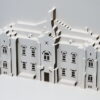
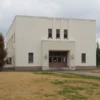

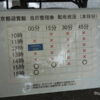
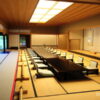
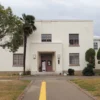
Discussion
New Comments
No comments yet. Be the first one!